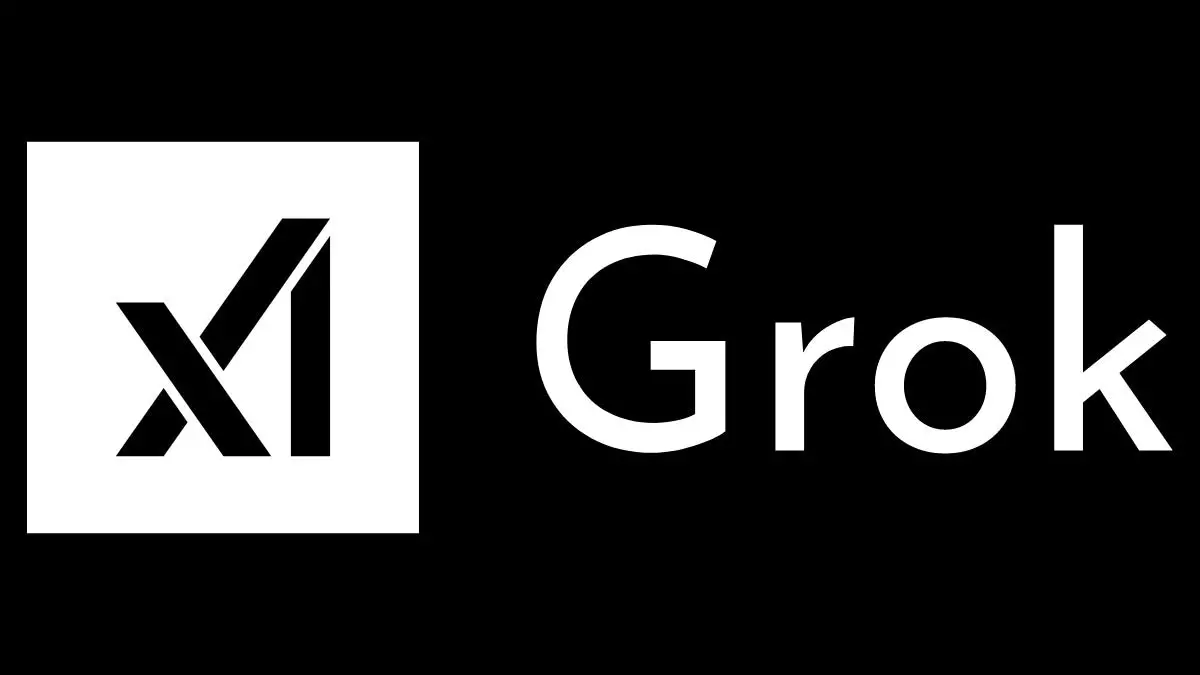In a surprising move that caught the attention of the tech community, xAI—a company under the visionary leadership of Elon Musk—unveiled an artificial intelligence image generation tool named Aurora within its Grok app. This announcement, or more aptly put, this emergent feature, occurred on a seemingly unremarkable Saturday, leading to a flurry of excitement among users eager to explore the new capabilities of the AI model. Unlike its predecessor Flux, which was crafted in collaboration with Black Forest Labs, Aurora was billed as an internally developed entity, a claim Musk seemed to affirm in a subsequent interaction on the social media platform X (formerly Twitter).
Users quickly began to share their experimental artwork produced with Aurora, showcasing images that delved into the realm of hyper-realistic depictions. However, the exhilaration was short-lived; users reported a troubling pattern where the tool vanished just hours after its initial presence. This led to widespread speculation regarding the stability and operational frameworks of the new image generator.
The rapid disappearance of Aurora raised significant questions about the robustness of the tool’s underlying framework. Sources suggested that the AI model might have been throttled due to its apparent inability to guard against the generation of contentious images, particularly those involving public figures such as US President Donald Trump and once-beloved characters from pop culture. Reports indicated that the AI generated highly provocative images—including one of Trump with a bleeding face—that sparked an alarming discourse about the ethical implications of AI in public representation.
The absence of comprehensive guardrails suggests that while the developers may have aimed for rapid deployment, they perhaps underestimated the complexities involved in moderating AI image generation. In an age where misinformation and sensational art can circulate with unmatched speed, the repercussions of such AI outputs could be far-reaching.
TechCrunch reported witnessing the tool’s distinct features firsthand and was able to validate the existence of Aurora in the Grok interface. Additionally, Chris Park, Director and Co-Head of the X Developer Platform at X, took to social media to commend xAI on their new release, further indicating that there was internal recognition of the innovation. Yet, the real concern lies in the lack of an official comprehensive breakdown of Aurora’s design principles, training methodologies, or data sources.
The subtlety in Musk’s acknowledgment of Aurora—when he referred to it as an internal system “still in beta”—signals a degree of humility about the experimental nature of the tool. This raises a critical point about the current state of AI development; hastily launched innovations may serve more as tests than as completed products.
Speculation on the Nature of the Launch
With the lack of an official announcement regarding Aurora’s capabilities, speculation abounds regarding whether the tool was intentionally launched or if it was merely an experimental feature inadvertently exposed to users. Several industry insiders surmised that it might have faced a premature roll-out—an underlying issue common in the tech landscape where the enticing allure of novel features often outweighs cautious implementation. The duality of excitement and apprehension mirrored a broader industry-wide challenge: balancing innovation with safety and ethical considerations.
Moreover, the unexpected retraction of the tool has brought forward discussions that challenge the existing paradigms in AI deployment. It leads one to question whether companies like xAI are prepared to shoulder the responsibility that comes with their creations. As users engage with these tools, their experiences must be accounted for and safeguarded against potential misuse.
While the brief existence of the Aurora image generator adds a riveting chapter to xAI’s narrative, it also serves as a cautionary tale about the perils inherent in AI advancement. As technology finds itself increasingly intertwined with public discourse and individual identity, the lessons drawn from this incident may prompt industry players to reconsider their approaches to the ethical deployment of AI. Amidst the excitement surrounding groundbreaking developments, the need for vigilant oversight and responsible innovation remains paramount. The ultimate challenge lies ahead: navigating the thin line between creativity and ethical responsibility in the burgeoning field of artificial intelligence.

